I read that my 'aloe vera' might not be
plant.babies
17 years ago
Featured Answer
Sort by:Oldest
Comments (18)
dufflebag2002
17 years agofred_grow
17 years agoRelated Professionals
New Mexico Landscape Architects & Landscape Designers · Fort Wayne Landscape Contractors · Hilton Head Island Landscape Contractors · Holland Landscape Contractors · The Crossings General Contractors · Bay City General Contractors · Franklin General Contractors · La Marque General Contractors · Wolf Trap General Contractors · La Grange Carpenters · Lebanon Carpenters · Tucson Carpenters · Valley Stream Carpenters · Lake Morton-Berrydale Decks, Patios & Outdoor Enclosures · Miami Decks, Patios & Outdoor Enclosuresborrego
17 years agodufflebag2002
17 years agorjm710
17 years agogw:plant_babies
17 years agofred_grow
17 years agobirdsnblooms
17 years agobreton
17 years agodrtygdnr
17 years agopat_tx9
17 years agoborrego
17 years agopat_tx9
17 years agopat_tx9
17 years agoaseedisapromise
17 years agonightbloomincereus 7A noVA
17 years agoborrego
17 years ago
Related Stories

LIFEHouzz Call: Where (and What) Are You Reading This Summer?
Whether you favor contemporary, classic or beach reads, do the long and lazy days of summer bring out the lit lover in you?
Full Story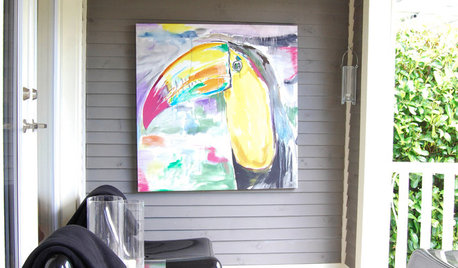
DECORATING GUIDES7 Unexpectedly Intriguing Places for Art
Elicit surprise and delight by displaying art in spaces where someone might least expect it
Full Story
LIFEThe Beautiful Thing About Dad's Chair
My father had his own spot in the house. His father had his own spot. Now I have mine
Full Story
GARDENING GUIDESLet Lilac Love Flower This Spring
Whatever you bestow or receive for Mother's Day, lilacs can be an unmatched gift in the garden in May
Full Story
ENTERTAININGSummer Living: How to Welcome Weekend Guests
Thoughtful touches and smart planning make summer visitors feel right at home
Full Story
FUN HOUZZBinge on the Design of ‘House of Cards’
Pull up a seat to Netflix’s addictive political drama for sets and fashions rife with intrigue
Full Story
CONTAINER GARDENSHappy Houseplants, Happy People
Potted plants add life and beauty to a room. Learn easy ways to keep them healthy
Full Story
HOUSEPLANTS8 Houseplants You Can't Kill
They're forgiving and let you forget. Houseplants don't get any easier than this
Full Story
DECORATING GUIDES20 of the Coziest Home Offices on Houzz
See if these work for you: home offices that are far from austere and close to constructive
Full Story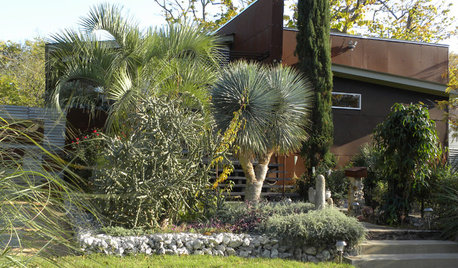
HOUZZ TOURSMy Houzz: Enchanting Eclecticism for a Dallas Artist
Collected treasures, an artful mix of materials and one very large tree make for a one-of-a-kind Texas home and studio
Full StoryMore Discussions






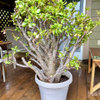

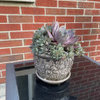
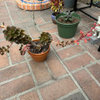
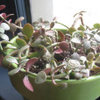
tractionpads